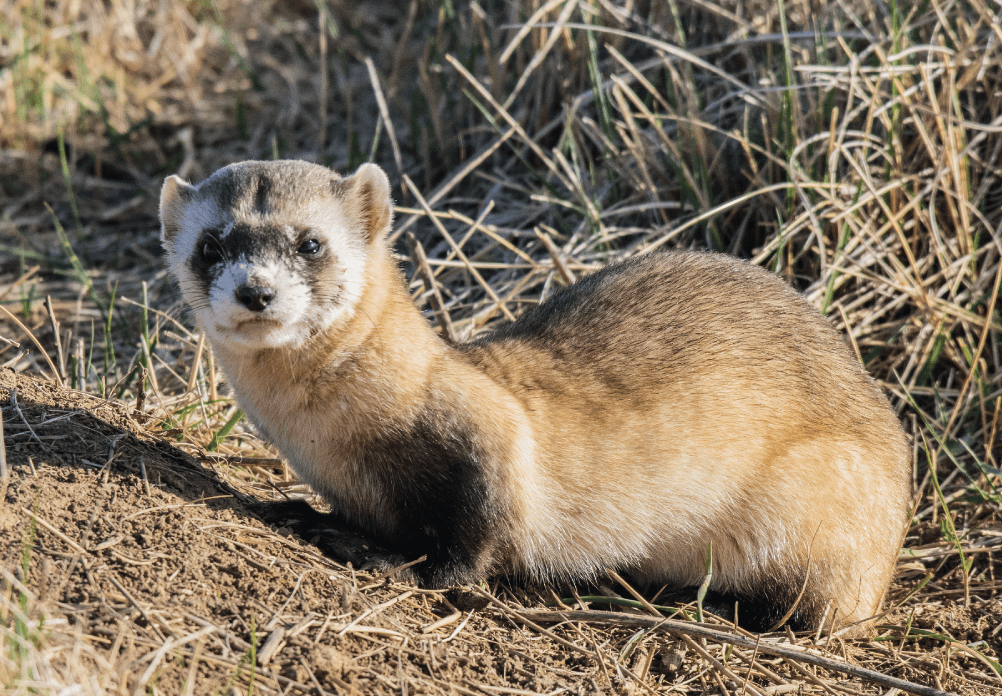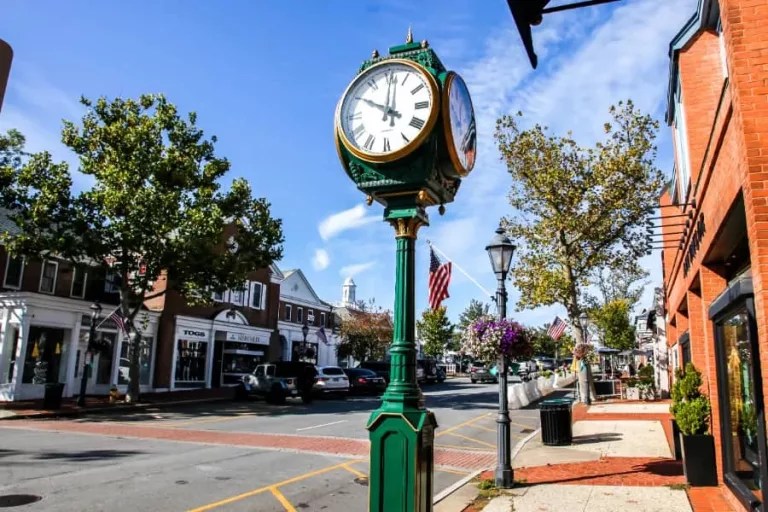
In 1981, in Meeteetse, Wyoming, a ranch dog by the name of Shep made history by rediscovering a species which had been declared extinct. The day after Shep’s encounter with the creature, his owners, John, and Lucille Hogg, discovered its small carcass and the story of this creature—and it’s amazing return from the extinction. With no idea as to the identity of the animal, they brought it to the town’s taxidermist who correctly identified it as a mammal presumed lost by all—the Black-footed ferret.
The Black-footed ferret, Mustela nigripes, is a member of the weasel family, and represents this group as North America’s sole ferret species. With its Latin name meaning, “black-footed weasel,” it is well-named. Possessing a long, slim build, this shy carnivorous mammal reaches just 2.5 pounds in weight and 24 inches in length and bears a characteristic golden coat, black feet, a white snout, and an unmistakable black “bandit’s mask”. So just how did this obscure little creature pass into seeming extinction and reappear before our eyes?
The story of the Black-footed ferret is one which parallels the “Taming of the American West”. As a highly specialized solitary nocturnal carnivore which relies on prairie dogs for its very survival, the ferret’s fate is inexorable linked to that of its rodent prey. With prairie dogs accounting for fully 90% of it’s diet—and excavating the very burrows utilized by the ferret, the ferret’s fortunes follow those of the prairie dog. As ranchers settled the American West, they converted wild prairie to range land for domestic stock and commenced a campaign of extinction on the prairie dog. With burrows dotting the land to the horizon, and each one of them representing a potential broken leg for a cow or sheep, prairie dog eradication campaigns proliferated, becoming the driving force behind the disappearance of the ferret. Poisoning and trapping took its toll. As prairie dog colonies disappeared and fragmented across the American West, the specialized habitat needs the ferret required vanished, and with them, the ferret.
Originally found across 12 western states and neighboring habitat in Canada and Mexico, the ferret’s range and population contracted precipitously throughout the twentieth century until, by 1971 the ferrets were restricted to one small declining population. When the last captive ferret died in 1979, the species was feared extinct.
So why is this little carnivore vital to the health of the prairie and, by extension, to its human neighbors? As herbivores, prairie dogs feed on prairie grasses and other plants, stimulating new growth and spreading seeds, promoting biodiversity of plant species and environmental balance and resilience. Additionally, the rodents’ droppings fertilize these vast wild grasslands. As carnivores, the ferrets keep prairie dog populations healthy by preying upon disease-sickened individuals, thus serving as a driving engine for these ecosystem engineers. Healthy ferret populations equate to healthy prairie dog populations, which results in a healthy prairie ecosystem. Furthermore, such healthy populations limit the potential spread of species-jumping diseases, such as Sylvatic plague.
Though sad in one sense, the freshly killed ferret deposited at the feet of the Hogg Family was anything but tragic for the species. With a correct identification of the mystery creature came a startling reversal of the ferret’s fate. This discovery led the U.S. Fish and Wildlife Service (USF&W) to enact an immediate intensive conservation program for the ferret—without a moment to spare.
When the last known wild population of this species in Mellette County South Dakota was hit by a wave of Canine distemper, further reducing this foundering population from 129 ferrets to a mere 18 animals, a crucial moment had been reached. With such a vulnerable population, the USF&W made the difficult decision to bring these animals—the last known members of their species—in from the wild and place them under human care.
Joined by a coalition of collaborating tribal, state, and federal agencies, as well as nonprofit partners, the Service has led the efforts to save the species. The captive breeding efforts at five accredited zoos are led and bolstered by the Service’s National Black-footed Ferret Conservation Center in Wellington, Colorado. Scientists reintroduce captive-bred ferrets at 28 selected western sites, including Canada and Mexico, monitor them, and work to reduce threats facing this imperiled species. With several hundred animals roaming 8 western states, Mexico, and Canada and a population of 280 ferrets in the captive breeding program, the species is moving in the right direction, but with a threshold of 3,000 animals needed for a secure wild population, the ferret has a long way to go.
With the ferret anchoring the prairie ecosystem it evolved to shape, the 130 unique species of plants and animals within that system are afforded biological protection and stability.
In 1981, who would have thought that a single ranch dog would be responsible for saving a species and protecting an ecosystem ranging from Canada to Mexico? With time comes wisdom, and often hope, for even the world’s rarest creatures.
Jim Knox is the Curator of Education for Connecticut’s Beardsley Zoo and serves as a Science Adviser for The Bruce Museum. He has a passion for sharing his work with endangered species here in Connecticut and beyond.




